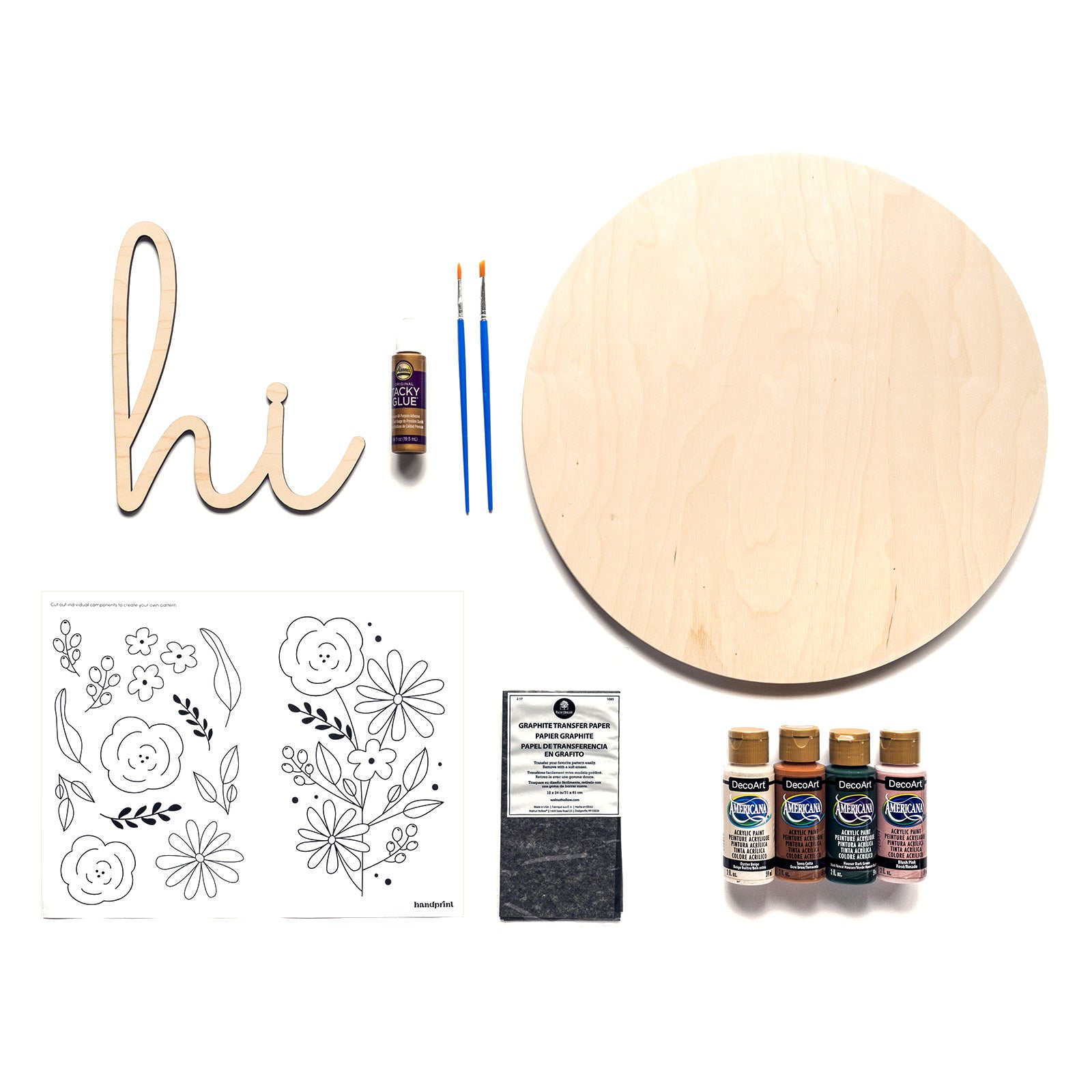Mastering Wood Stain
Embarking on a staining project can seem daunting, especially for novice makers. The permanence of stain and its unfamiliarity compared to paint can be intimidating. But fear not! With a few simple tips, you can wield stain like a pro and enhance your project's natural beauty.
Protective Gear: Ensure you have the necessary gear for staining:
- Safety glasses
- Dust mask (for sanding)
- Ear protection (if using an orbital sander)
- Respirator (for oil-based stain and fume sensitivity)
- Latex or rubber gloves
- Apron
Additional Supplies: Equip yourself with essential staining supplies:
- Dropcloth or surface protection
- Stainable wood filler
- 3 grits of sandpaper
- Random orbital sander (optional)
- Shop vacuum and tack cloths
- Prestain wood conditioner
- Oil-based or water-based stain
- 2 lint-free cloths
- Foam brushes
- Clear polycrylic protective finish
Plan Your Timing: Consider the weather conditions before starting your project. Stain dries slower in high humidity, cold or hot temperatures, and direct sunlight. Opt for moderate temperatures and low humidity for best results.
Prep Your Workspace: Cover your work area with a dropcloth to safeguard against sawdust and spills.
Raise the Grain (for Water-Based Stain): Intentionally swell wood fibers with water to prevent grain raising during staining. Wet the wood surface and allow it to dry for several hours or overnight.
Apply Wood Filler: Smooth over imperfections with stainable wood putty. Follow instructions and let it dry completely before sanding.
Sand Your Wood: Use various grits of sandpaper to open wood pores for better stain absorption. Start with #80 grit for bare wood, moving up to #220 for a smooth finish. Vacuum and wipe away dust.
Apply Prestain Wood Conditioner: Even out color absorption and prevent blotching with wood conditioner. Apply, let dry, and wipe off excess for consistent results.
Test Your Stain: Stir oil-based stain thoroughly without shaking to avoid bubbles. Test the stain on a hidden spot to determine absorption time and color intensity.
Apply Stain: Use a clean cloth or foam brush to apply stain liberally, working it into the wood. Wipe away excess before it dries for a consistent finish. Apply a second coat for a darker tone if desired.
Finish with Protective Sealant: Apply a clear topcoat of polycrylic to seal and protect your project. Follow manufacturer instructions and allow adequate drying time between coats.
Final Thoughts: Embrace staining as a creative skill and explore endless finishing possibilities. Don't shy away from adding staining to your maker toolkit—it's a rewarding journey to enhance your woodworking projects.

Leave a comment